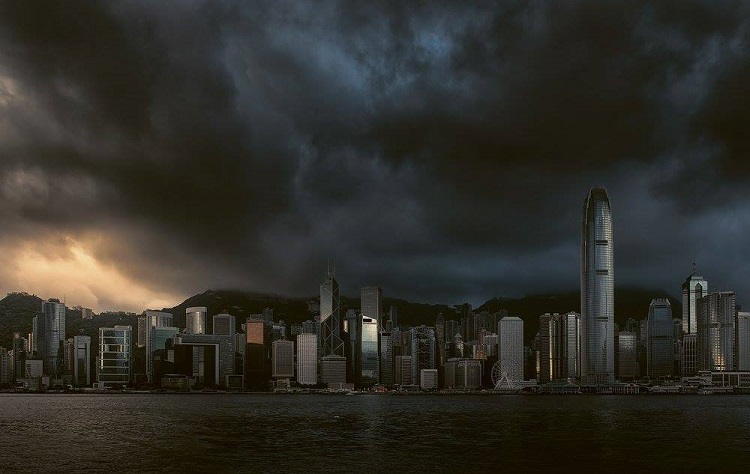Buildings swayed and windows shattered in Hong Kong due to the impact of Typhoon Mangkhut on Sunday. Despite this, the experts and Hong Kong government assured residents that the architecture of the city had been built to deal with strong winds.
Mangkhut's storm signal was downgraded from T10 (highest warning level in Hong Kong) to T8 after 10 hours while the typhoon moves further away from the city - considered to be the worst storm in Hong Kong this 2018 as it failed to break the Typhoon York in 1999, when the signal was issued for 11 hours.
According to the South China Morning Post, One Harbourfront was one of the buildings worst hit by Mangkhut. It is an office complex in Hung Hom wherein dozens of windows had been smashed.
Former president of the Institute of Surveyors Vincent Ho Kui-yip said that strong winds were taken into consideration when high-rise buildings were designed.
"Swaying is normal, the problem is whether the degree is too large," he said. Although the safety is based on a case-by-case basis, Ho added the overall structures of most Hong Kong's buildings were able to cope with winds.
However, he added, the windows were the biggest concern.
"If [windows are] fitted too tightly and there is no space for them to expand and contract, they might crack," Ho said.
Veteran engineer Greg Wong Chak-yan noted that, over the past 20 years, windows in Hong Kong met a standard regulated by the Buildings Department. Even the bigger ones were tested by laboratories.
"There are tens of millions of windows in Hong Kong and there could be many reasons why they break, such as them not having been repaired after many years," he said and added that the number of breakages was still low.
Meanwhile, a spokeswoman from the Building Department stated that all private buildings were required to be capable of safely sustaining a wind load - highlighted in the Code of Practice on Wind Effects in Hong Kong 2004.
"Private buildings designed to comply with [the code] should be able to withstand a wind load of magnitude as large as that of Typhoon Mangkhut," she said. Also, the department did not make any separate figures for shaking buildings when there is a typhoon.
Ho also advised residents who had shattered windows to leave the room and close the door immediately. It's unsafe to stay in a room if all the windows had been smashed flat.
A resident from a 14th-floor Mid-level flat expressed his thought when he felt his home swaying slightly in the afternoon.
"It felt a bit like being in a boat," the 58-year-old said. "I felt a little bit dizzy."






